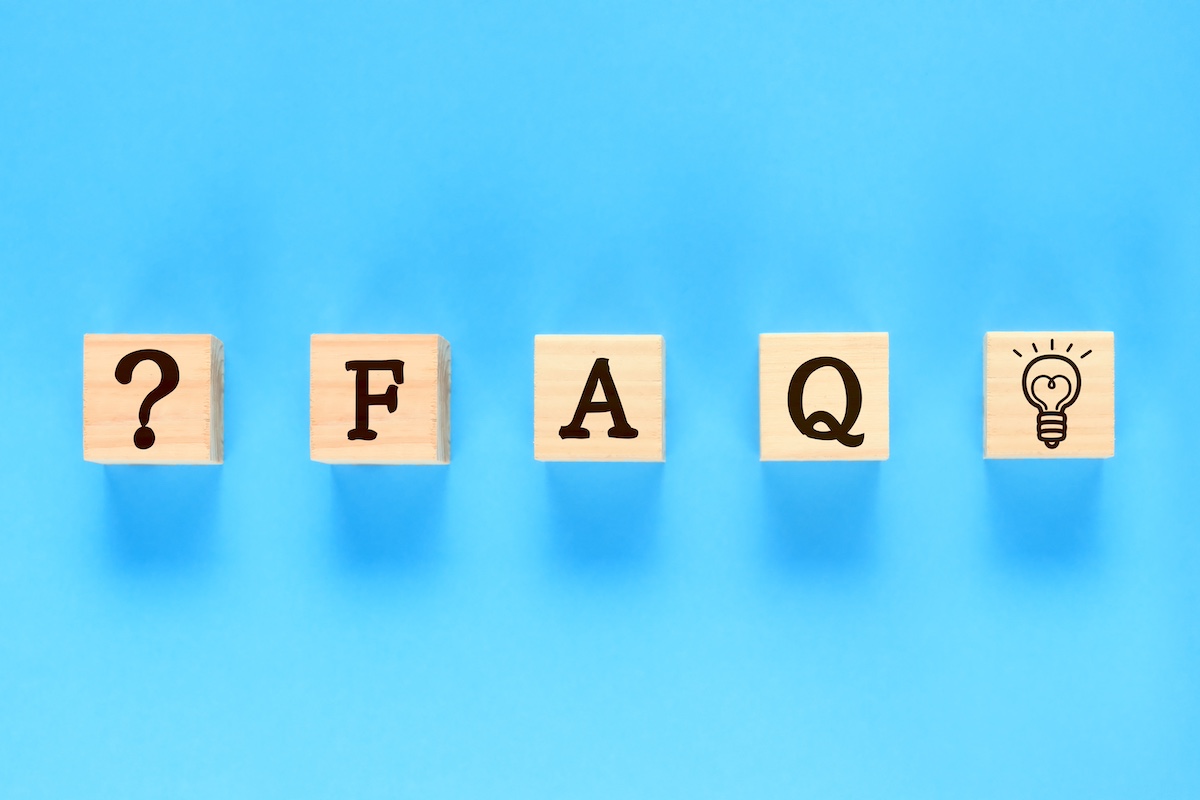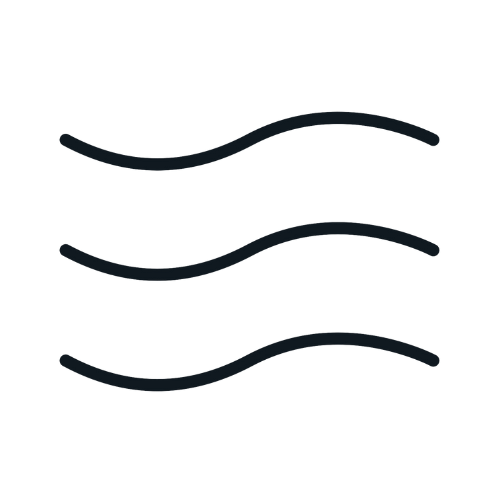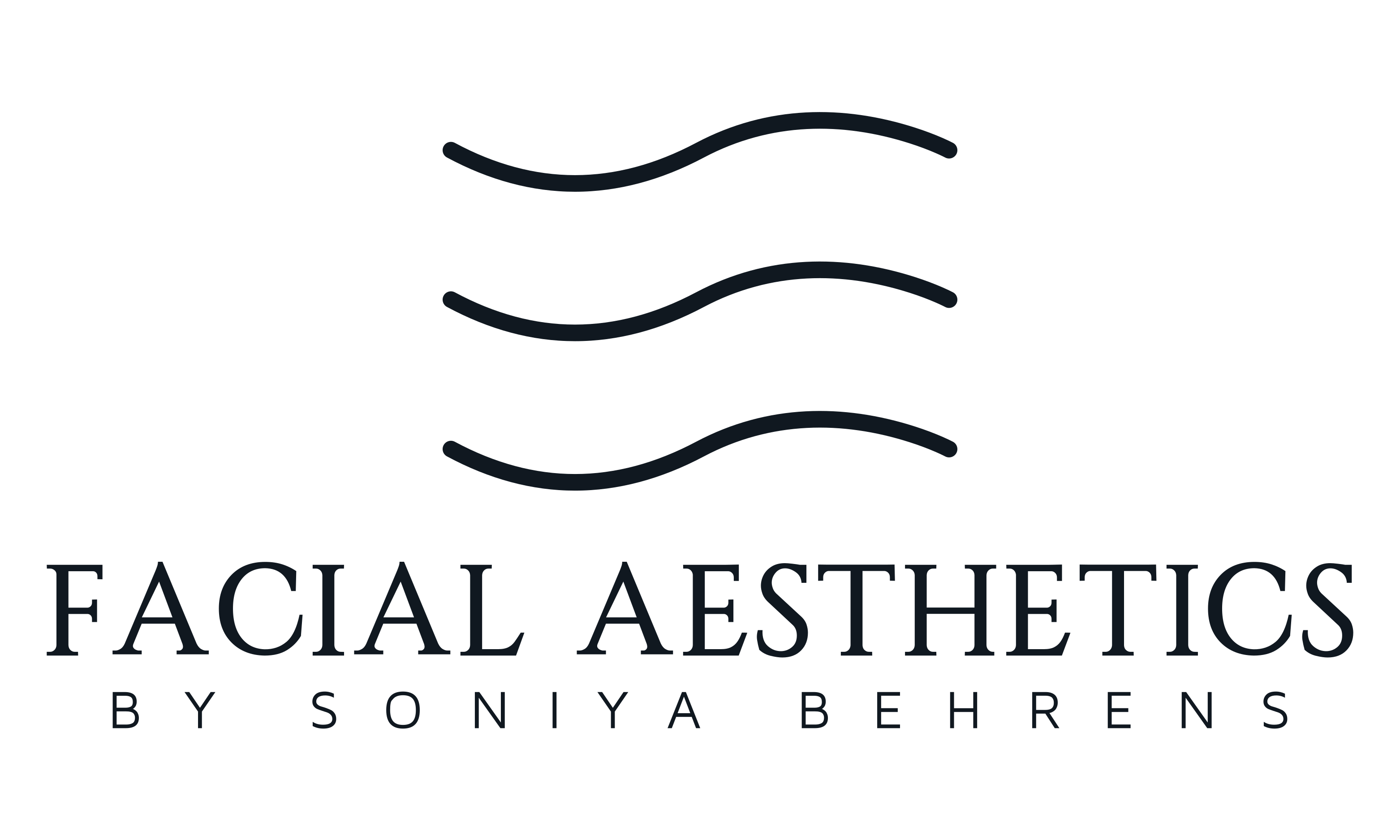
Q&A
Q&A for Fillers
Dermal fillers are injectable substances used to restore volume and smoothen wrinkles in the skin. They are manufacture in a laboratory and are non animal derived.
The most common is hyaluronic acid, but there are also calcium hydroxylapatite fillers, and poly-L-lactic acid fillers.
When administered by trained professional like myself, dermal fillers are generally considered safe. However, like any medical procedure, there are risks and potential side effects.
Dermal fillers can be used to treat various areas, including cheeks, lips, nasolabial folds, nose, jawline, jowls, and under-eye hollows.
The duration of results varies depending on the type of filler used, but typically, effects last anywhere from several months to a year or more.
Common side effects may include swelling, bruising, redness and for a short duration tightness and pain. In rare cases, more severe complications may occur such as vascular occlusion, but these will be discussed during your consultation.
While most people can get dermal fillers, it’s essential to have a consultation with a qualified practitioner to determine if you are a suitable candidate. I do not treat anyone under the age of 18
Before the procedure, you should disclose any medical history, medications, pregnancy, and allergies. You should avoid taking blood-thinning medications (will be discussed in consultation), come in with a clean makeup free face (if possible) and do not drink alcohol before the treatment.
The cost varies based on the the area treated, and how much product is used. You can browse through my price list. To get a personalized treatment plan book in your consultation.
Filler injections are not comfortable. I use topical numbing cream on the inside as-well as the outside of the lips, and am qualified to give local anaesthetic if needed. For all other areas topical numbing cream is used, if required. I also have a distraction tool that you can hold to help.
Ideally your treatment should start 4 weeks before especially for a Liquid Face Lift. Smaller or single areas can be done two weeks before the event. Swelling can take two weeks to completely settle, so plan ahead. If you’re a bruiser then 4 weeks prior to the occasion your treatment should start.
Fillers are for remodelling of the face, with a plan in mind and done over a period of time things will go to plan. My method is to under fill so you get used to the new you slowly. If there is something you feel unhappy about fillers can be dissolved. BUT this comes with risk and caution: this will be discussed more thoroughly during your consultation.
Q&A for Anti-wrinkle
Botulinum toxin is a neurotoxic protein that temporarily reduces muscle activity when injected into specific areas of the face.
This toxin works by blocking nerve signals that cause muscle contractions, which helps to relax and soften wrinkles and lines in the treated area.
It is commonly used to treat frown lines, forehead lines, crow’s feet, and other facial wrinkles.
It is considered safe when administered by a trained medical professional like myself. However, it’s very important to disclose your medical history and any medications you’re taking to avoid potential complications.
The effects typically last around three to four months, but individual results may vary.
After injecting theres usually minimal downtime.
Common side effects may include mild pain at the injection site, bruising, headache, or temporary drooping of the eyelid. Serious side effects are rare but possible.
It may take a few days to see the initial results, but the full effects of Botulinum toxin usually become apparent within two weeks, or sooner.
It is generally safe for most healthy adults. However, pregnant or nursing women, individuals with certain neuromuscular disorders, or those with allergies to Botulinum Toxin components will not be treated. Please note I do not treat under 18s.
The cost of treatment varies based on the number of units required and the my fees are based on the number of areas treated which you can see on my price list. You will be given a quote during your consultation.
Q&A for PRP Face
A1: PRP treatment for the face, also known as the “Vampire Facial,” involves using a patient’s own blood to extract and concentrate platelets. These platelets are then injected into the facial skin to promote collagen production, improve skin texture, and reduce the signs of aging.
A2: PRP treatment works by drawing a small amount of the patient’s blood, spinning it in a centrifuge to separate the platelets, and then injecting the platelet-rich plasma back into the face. The growth factors in the platelets stimulate cell turnover, collagen production, and tissue regeneration.
A3: PRP treatment can have several benefits, including reducing fine lines and wrinkles, improving skin tone and texture, minimizing acne scars, and enhancing overall facial rejuvenation. It is a natural and minimally invasive approach.
A4: PRP treatment is generally considered safe because it uses the patient’s own blood, with nothing added to it. Therefore reducing the risk of allergic reactions or infections. However, like any medical procedure, it carries some risks and potential side effects, such as bruising, swelling, or infection, which are typically mild and temporary.
A5: The PRP facial treatment typically takes about 45to 60 minutes, including the blood draw and preparation of the PRP. It is a relatively quick and convenient procedure.
A6: The number of PRP sessions required can vary from person to person. Most people undergo a series of 3 to 6 treatments spaced about 4 weeks apart for optimal results. Maintenance treatments may be recommended after the initial series.
A7: PRP facial treatment usually involves minimal downtime. Patients may experience some redness, swelling, or mild discomfort, but these effects typically resolve within a day or two. Makeup can usually be applied the next day.
A8: PRP facial treatment is suitable for individuals looking to improve their skin’s texture and appearance, especially those concerned with signs of aging, such as fine lines and wrinkles, and acne scarring. It is important to have a consultation first to determine if you are a good candidate.
A9: The longevity of PRP facial results varies, but many people experience improvement in skin texture and appearance for a year or so after all treatments have been completed. Maintenance treatments are recommended every year to help prolong the effects.
A10: PRP facial treatment may not be suitable for individuals with certain medical conditions, such as blood disorders or active skin infections. It’s crucial during yurt consultation to disclose all skin conditions. Remember this treatment works for many people who do not want any unnatural products injected into their skin.

